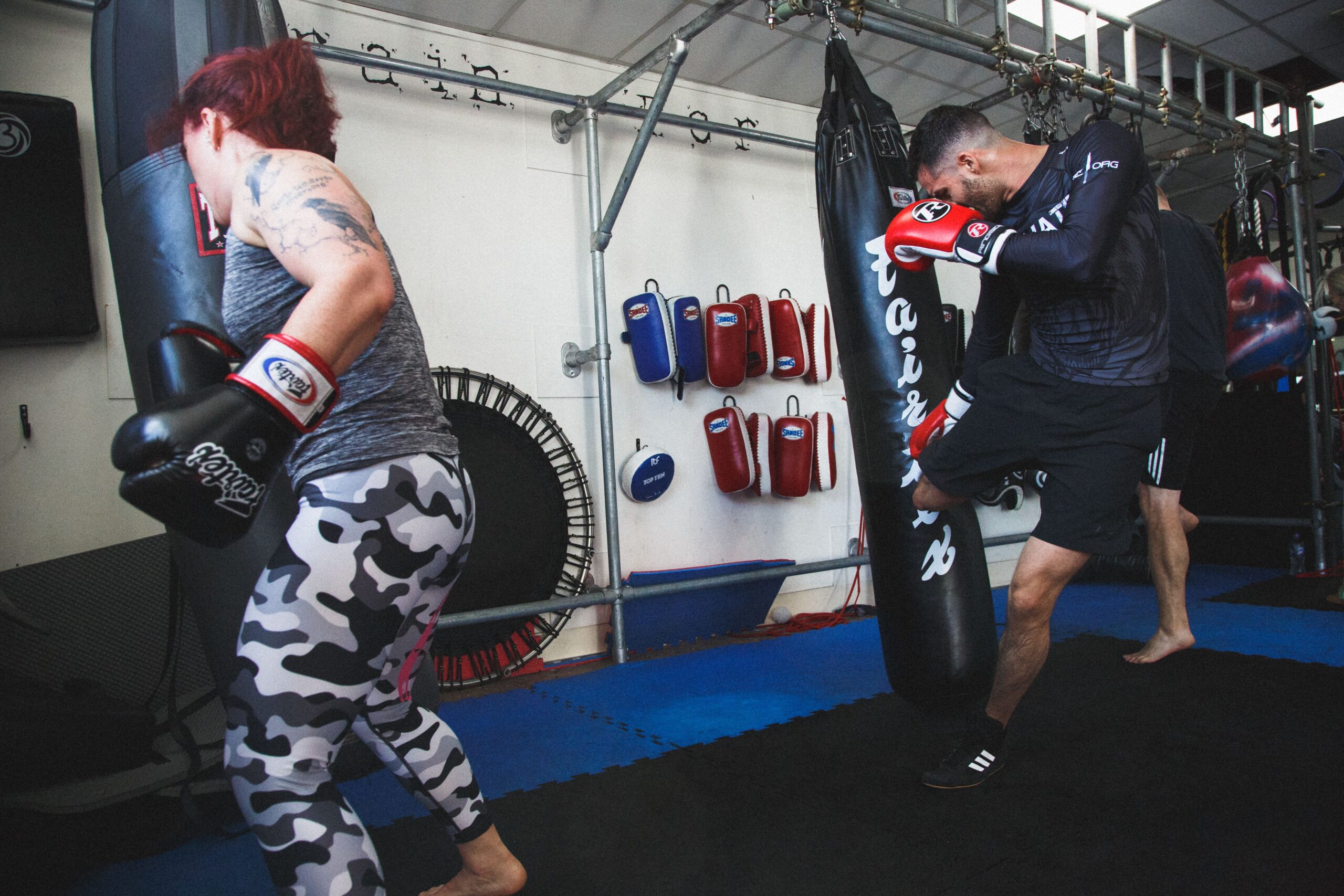Striking Martial Arts: Top Styles for Powerful Punches and Kicks

In the world of martial arts, striking styles stand out for their dynamic and powerful techniques, emphasizing punches, kicks, knees, and elbows. These disciplines not only build physical strength and agility but also cultivate mental discipline and strategic thinking. Whether you’re a beginner or an experienced practitioner, understanding the top striking martial arts can help you choose the style that best aligns with your goals. Below, we explore some of the most renowned striking-based martial arts, their origins, key techniques, and unique benefits.
1. Muay Thai: The Art of Eight Limbs
Muay Thai, often referred to as the “Art of Eight Limbs,” is a combat sport that utilizes the entire body as a weapon. Its origins trace back to ancient Thailand, where it was developed as a form of close-quarters combat for self-defense and warfare. Today, it’s a global phenomenon, known for its devastating kicks, clinching techniques, and relentless conditioning.
2. Boxing: The Sweet Science
Boxing is the quintessential striking art, focusing solely on punches. Its history spans millennia, from ancient Olympic games to modern-day professional bouts. The sport is celebrated for its precision, speed, and strategic footwork, earning it the nickname “The Sweet Science.”
3. Karate: The Way of the Empty Hand
Karate, meaning “empty hand,” is a traditional Japanese martial art that emphasizes powerful strikes, kicks, and blocks. Developed in Okinawa, it was influenced by Chinese martial arts and later refined in Japan. Karate is known for its disciplined training, intricate kata (prearranged movements), and philosophy of self-improvement.
4. Taekwondo: The Art of Kicking
Taekwondo is a Korean martial art renowned for its dynamic kicking techniques. Developed in the mid-20th century, it combines elements of traditional Korean martial arts with influences from Karate and other disciplines. Taekwondo is not only a combat sport but also an Olympic event, celebrated for its athleticism and precision.
5. Kickboxing: The Hybrid Striking Art
Kickboxing is a modern striking art that blends elements of boxing, Karate, and Muay Thai. It emerged in the 1960s as a full-contact sport, emphasizing speed, power, and versatility. Kickboxing is popular worldwide, with variations like Japanese Kickboxing (K-1) and American Kickboxing.
Comparative Analysis: Which Style is Right for You?
| Martial Art | Key Focus | Best For | Unique Feature |
|---|---|---|---|
| Muay Thai | Eight-limb striking | Full-contact combat | Shin kicks and clinching |
| Boxing | Punching and footwork | Speed and precision | Head movement and combinations |
| Karate | Hand and foot strikes | Discipline and self-defense | Kata (forms) |
| Taekwondo | Kicking techniques | Flexibility and reach | High and spinning kicks |
| Kickboxing | Hybrid striking | Versatility and fitness | Combination of boxing and kicks |

Future Trends in Striking Martial Arts
As martial arts continue to evolve, striking styles are incorporating new training methods and technologies. Virtual reality (VR) training, biomechanical analysis, and cross-training with other disciplines are becoming increasingly popular. Additionally, the rise of hybrid martial arts, such as MMA (Mixed Martial Arts), is pushing the boundaries of what striking styles can achieve in real-world combat scenarios.
Which striking martial art is best for self-defense?
+Muay Thai and Karate are highly effective for self-defense due to their powerful strikes and practical techniques. Muay Thai’s clinching and Karate’s focused strikes make them versatile in real-world scenarios.
Can I learn striking martial arts at any age?
+Yes, most striking martial arts, such as Taekwondo and Karate, are suitable for all ages. However, intensity levels may vary based on physical fitness and health conditions.
How long does it take to master a striking martial art?
+Mastery varies by individual and style, but it typically takes 5-10 years of consistent training to achieve a high level of proficiency. Advanced ranks like black belt may take longer.
Are striking martial arts effective in MMA?
+Yes, striking martial arts like Muay Thai, Boxing, and Kickboxing are fundamental in MMA. Fighters often combine these styles with grappling disciplines for a well-rounded skill set.
What equipment do I need to start training?
+Basic equipment includes gloves, hand wraps, shin guards, and a mouthguard. Some styles may require additional gear like headgear or chest protectors for sparring.
Conclusion
Striking martial arts offer a unique blend of physical prowess, mental discipline, and strategic thinking. Whether you’re drawn to the precision of Boxing, the power of Muay Thai, or the elegance of Taekwondo, each style has its own strengths and philosophies. By understanding their origins, techniques, and benefits, you can choose the path that best aligns with your goals and interests. Remember, the journey of mastering a martial art is as rewarding as the destination.



